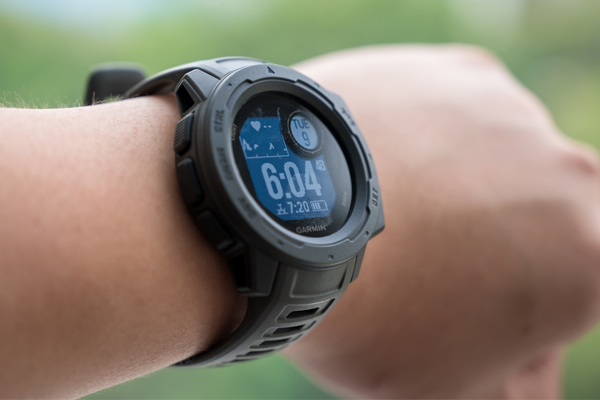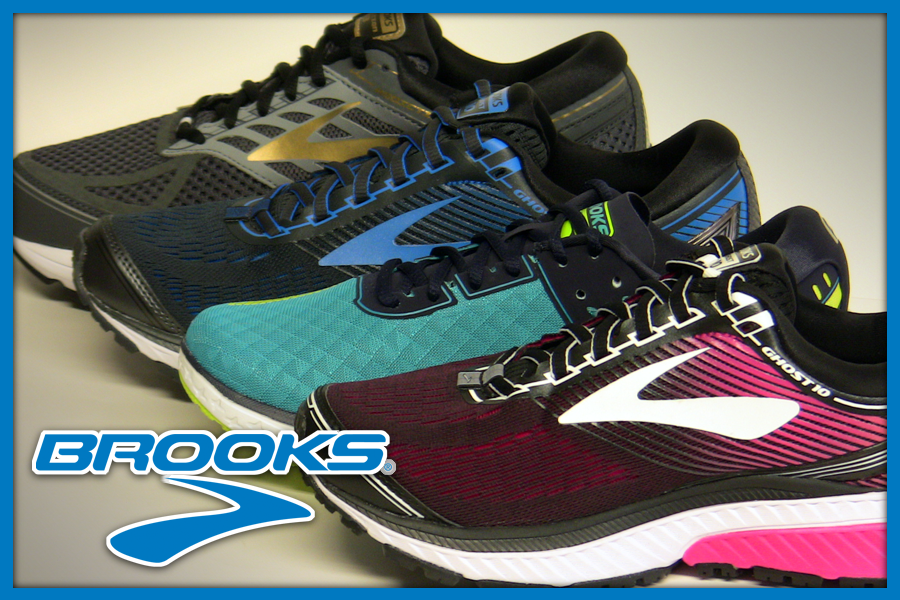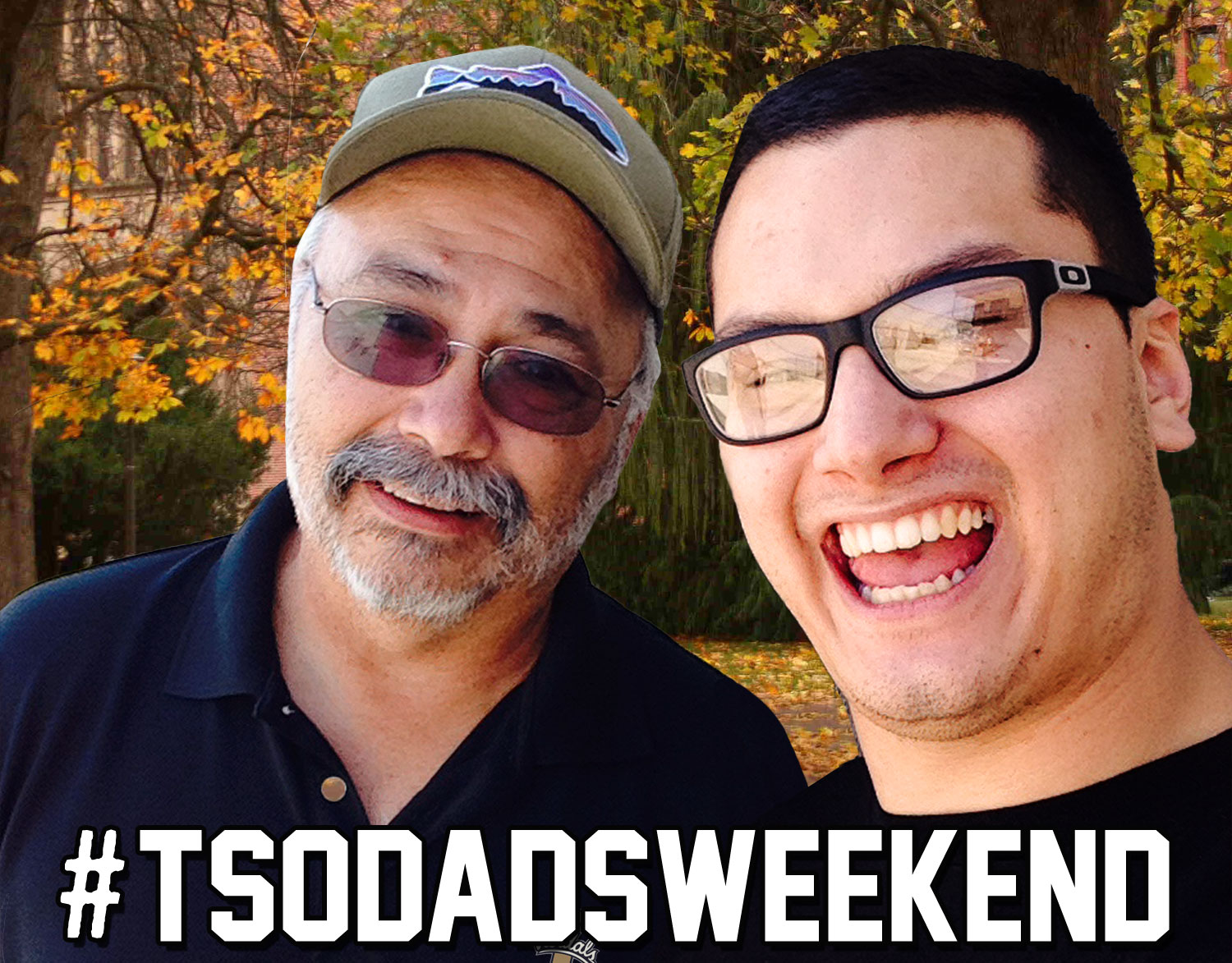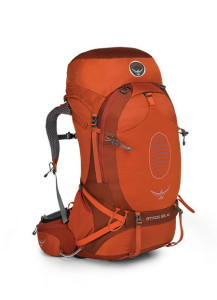
More and more when looking at running shoes these days, you’re likely to hear a couple of phrases tossed at you by sales staff that you’re not familiar with. Phrases like “Stack Height” and “Heel Drop”, or just plain old “Drop”.
Well, believe it or not, if any of these words or phrases come to you in the form of a question, don’t panic. They’re not attempting to test your vocabulary skills. No, they’re trying to gain information about aspects of a shoe you’re comfortable with. Aspects you may be looking for. This information will guide them in helping you choose the shoe that’s right for you.
Consider this, when you’re trying on a pair of shoes, you have some features in mind that you’re looking for, albeit “instinctively, that let you know you like the feel of a particular shoe. Usually, so much so, you end up buying the shoe – based on the level of comfort you found in its fit. People who run, or are on their feet a considerable amount of time, often attribute this comfortable fit to a particular brand. Others are inclined to look for shoes that meet their color or style requirements first, then consider which of those fit best. For now, we’re going to concentrate on the former…specifically, the runner.
The sole of a running shoe is constructed with three layers: the INSOLE, the MIDSOLE and the OUTSOLE. The insole is a thin layer of Ethylene Vinyl Acetate, or EVA. The midsole is often composed of foam, gel or air pockets providing cushioning by absorbing impact forces. The outsole is typically made of a durable rubber and provided a specific, proprietary tread pattern for traction.
 The Stack Height in running shoes refers to the thickness of the Midsole between your foot and the ground, typically measured at two points, under the heel and under the fore foot. A higher stack height provides more cushioning, a lower stack height offers a more connected feeling to the ground. Greater shock absorption is often preferred by long-distance runners, while faster runners more often seek a more responsive shoe and a more natural running gait, both results of the lower stack height.
The Stack Height in running shoes refers to the thickness of the Midsole between your foot and the ground, typically measured at two points, under the heel and under the fore foot. A higher stack height provides more cushioning, a lower stack height offers a more connected feeling to the ground. Greater shock absorption is often preferred by long-distance runners, while faster runners more often seek a more responsive shoe and a more natural running gait, both results of the lower stack height.
When you visit ours, or any footwear department, you’ll notice in the Runing Shoe section a wide variety of midsole thicknesses. Some, like Hoka and Topo, are quite thick between the outsole and the upper. They’re considered maximalist shoes or shoes with maximal cushioning. Others, like Altra and Xero have very little midsole showing. They’re considered minimalist shoes. For most shoes, the stack heights are a bit higher under the heel than under the forefoot. It’s not at all unusual to see stack heights listed, such as the Hoka Bondi 9 at 43mm/38mm, meaning 43mm high heel and a 38mm high forefoot. This would be a maximal midsole. Or the Altra Lone Peak 9 at 25mm/23.3, a minimal midsole.
There is no right or wrong when it comes to stack height, it’s completely subjective. Some prefer the higher stack height providing greater cushioning and more shock absorption. Others prefer the lower stack height for more flexibility and more direct ground feel. But in every situation there are always pros and cons. For instance, high stack height may reduce ground feel and impact one’s stability, sometimes making one more prone to twisting an ankle. Lower stack height can lead to increased injury from rough terrain.
When it comes to choosing the shoe that’s right for you, stack height is an important factor, but heel drop is every bit as important of a consideration. Heel drop refers to the difference in height between the heel and the forefoot of a shoe. A higher heel drop means the heel is elevated higher than the forefoot, while a lower heel drop means there’s not much difference between the two…and a Zero Drop means there is no noticeable difference between the two. A higher heel drop encourages a heel strike and can place more stress on the knees and hips, while a lower heel drop promotes a midfoot or forefoot strike and can transfer more stress to the ankles and calves. But, for beginners, it’s best to choose running shoes that are not too flat and not too high.








 At KÜHL®, the passion remains to get outdoors and have fun. KÜHL® is what it means to be comfortable and relaxed in the challenging environment of life and sport. KÜHL® means creating the best environment for you and knowing the importance of following your own beliefs and desires. Every contributor to the KÜHL® brand comes to the company with an outdoor lifestyle. KÜHL® people ski, mountain and road bike, backpack, camp, mountaineer, and travel worldwide. For KÜHL®, this dedication to original thinking translates into excellence in design and exceptional construction.
At KÜHL®, the passion remains to get outdoors and have fun. KÜHL® is what it means to be comfortable and relaxed in the challenging environment of life and sport. KÜHL® means creating the best environment for you and knowing the importance of following your own beliefs and desires. Every contributor to the KÜHL® brand comes to the company with an outdoor lifestyle. KÜHL® people ski, mountain and road bike, backpack, camp, mountaineer, and travel worldwide. For KÜHL®, this dedication to original thinking translates into excellence in design and exceptional construction.









 !
!

















 Name: Kate Reggear
Name: Kate Reggear


 Name: Dustin Boyd
Name: Dustin Boyd




 I was born and raised in North Idaho on the
I was born and raised in North Idaho on the 












 We’ve heard your requests. We know you love it. That’s why we’ve brought prAna to Tri-State Outfitters. This spring’s styles are not only beautiful, but offer the comfort and quality you expect from the prAna brand. Spring styles have already arrived at all Tri-State Outfitters stores. Stop in and see this fantastic line of activewear for yourself!
We’ve heard your requests. We know you love it. That’s why we’ve brought prAna to Tri-State Outfitters. This spring’s styles are not only beautiful, but offer the comfort and quality you expect from the prAna brand. Spring styles have already arrived at all Tri-State Outfitters stores. Stop in and see this fantastic line of activewear for yourself!





 The New GoPro Hero 3+ has arrived, the most advanced GoPro yet!
The New GoPro Hero 3+ has arrived, the most advanced GoPro yet!






